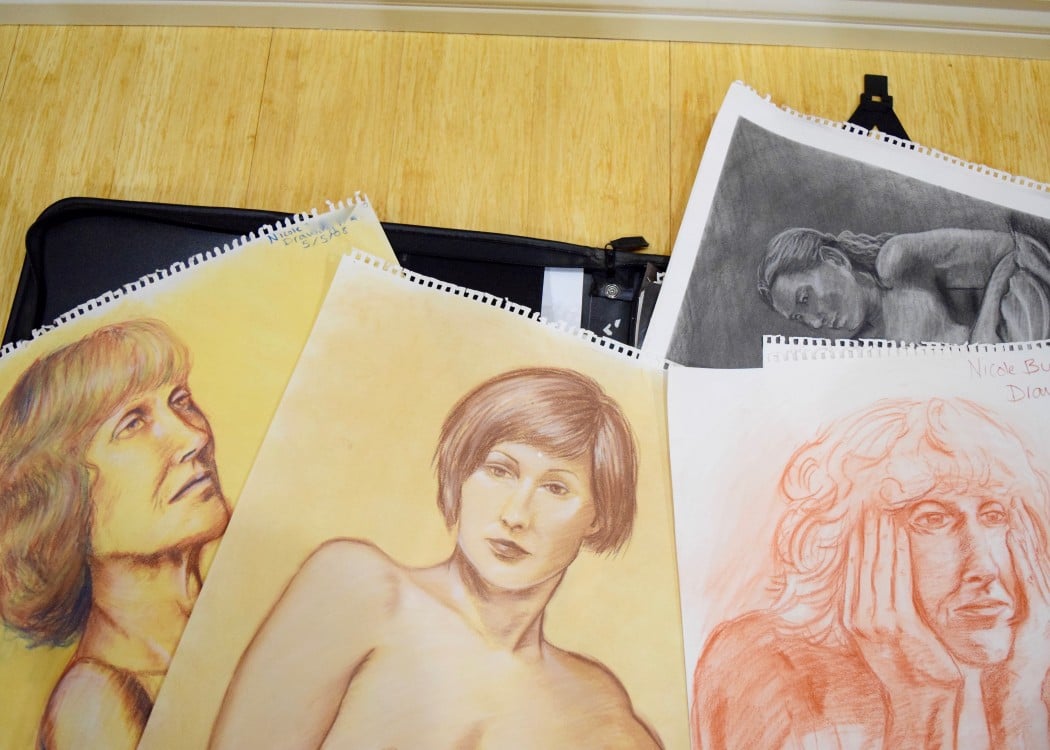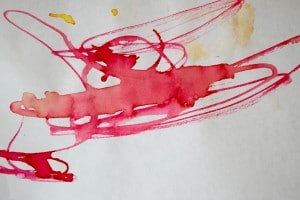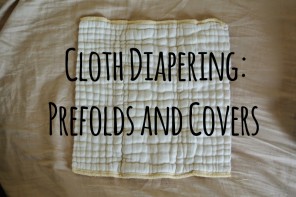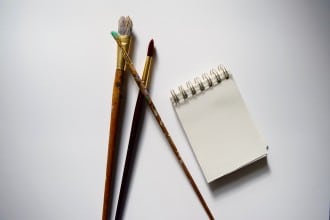Now, I may be slightly biased on the subject of art education as a former art teacher. But my love for art as well as my passion for saving art in the classroom has real and scientific arguments behind them.
I realized that art education was in trouble when I was in high school. I had completely immersed myself in the department and spent as much of my time in the art room as possible. It was a safe haven for me, somewhere to belong. It was quiet, familiar, safe, and the only place that I could find a release for all of that terrible teenage angst and confusion. I couldn’t help but notice the frequent conversations on budget between teachers. Supplies were often left to deplete themselves and never bought again due to the shrinking art budget and the growing football budget.
When I began teaching art, I experienced the issues again, from a different perspective. Art was often the first to have their budget when the school had their own cuts or if they needed more funding in another area. During my last year, my classroom was the one to be taken and I taught from a cart, borrowing other classrooms. My hours and my pay were also less than teachers of science or computers. It’s not that I am bitter about any of that, none of it surprised me as it happened and I knew full well what I was getting into when I got the job. But it simply highlights the academic attitude towards the arts.
Are subjects like science, reading, and computers important? Absolutely. We need far more scientists in the world and literacy is in big trouble for our youth. But there is less and less emphasis on the arts as budgets are cut and children spend less time participating in art. And lately, with the focus on STEM (Science, Technology, Engineering, and Math), art is presented as a hobby and not an essential subject. However, those other subjects rely on what art gives to a child. Art is not just a time to doodle and play with paint.
Here is how art helps students and young children:
Motor skills:
Art, especially for young children, does wonders to help develop fine motor skills. It takes a great deal of cognitive and physical development to hold a pencil and draw precisely and with detail. Painting and sculpture draw on completely different motor skills and require a great deal of development. The more children practice, the better their hand-eye coordination becomes, as well as the precision of their fine motor skills. Everything helps to build on each other, from drawing circles to cutting paper to drawing lines and eventually to take reality and translate it onto paper.
Visual development:
There is more to visual development beyond color identification and basic image description. As children learn to differentiate between colors, lines, shapes, and images, they are practicing their ability to look closely at the details. They are training their brain to look both at a bigger picture as well as the components that make up the image. This helps in subjects like science as it science is a subject that requires focus on both of these concepts.
Language development:
When young children describe art, their language skills are expanded incredibly fast. Naming objects, shapes, and colors in a picture help to develop these first, basic concepts by connecting the visual, auditory, and even spatial understanding of the word. Art also advances their language when concepts like value, contrast, abstraction, and symbolism are learned. And one of the most language advancing practices comes through art, description. As children learn to describe an image, they reach for and combine a whole rainbow of words. This carries over into other subjects such as language arts and social sciences.
History and cultural awareness:
My students were always fascinated by the stories and history behind art. They loved to hear about the artists lives and the time periods from which a particular genre of art came. Art is a fantastic way to help students understand history, context, and increase their cultural awareness. Art is incredibly descriptive of the human experience, and it enables kids to feel empathy, see another perspective, and better learn about other cultures (including their own).
Creativity:
This is perhaps the most obvious of art’s benefits, but also the most understated and under-appreciated. Creativity goes far beyond coming up with interesting paintings or sculptures. It involves coming up with new ideas, fresh perspectives, and improvements, all things that matter greatly to other subjects and particularly to the real world. If students are only asked to repeat facts and follow directions, how will they come up with the newer and better ideas in the future?
Studies have shown that students who participated in art regularly did better academically. More specifically, those that had art on a weekly basis were more likely to enter into a science fair, be recognized for academic achievement, and to earn awards for written poems and essays.
How can you help keep art in schools? Speak up. Schools do listen to parents when they speak loud enough, so fight to keep art in the curriculum. And at home or if children are still very young, you don’t need a fancy degree or extensive knowledge to get started. Giving young children some supplies, time, and some gently guidance can be a great experience. Start with some markers and paper, or watercolors, or even play-dough. You will be amazed at the raw creativity and wonder behind a child’s work of art.






